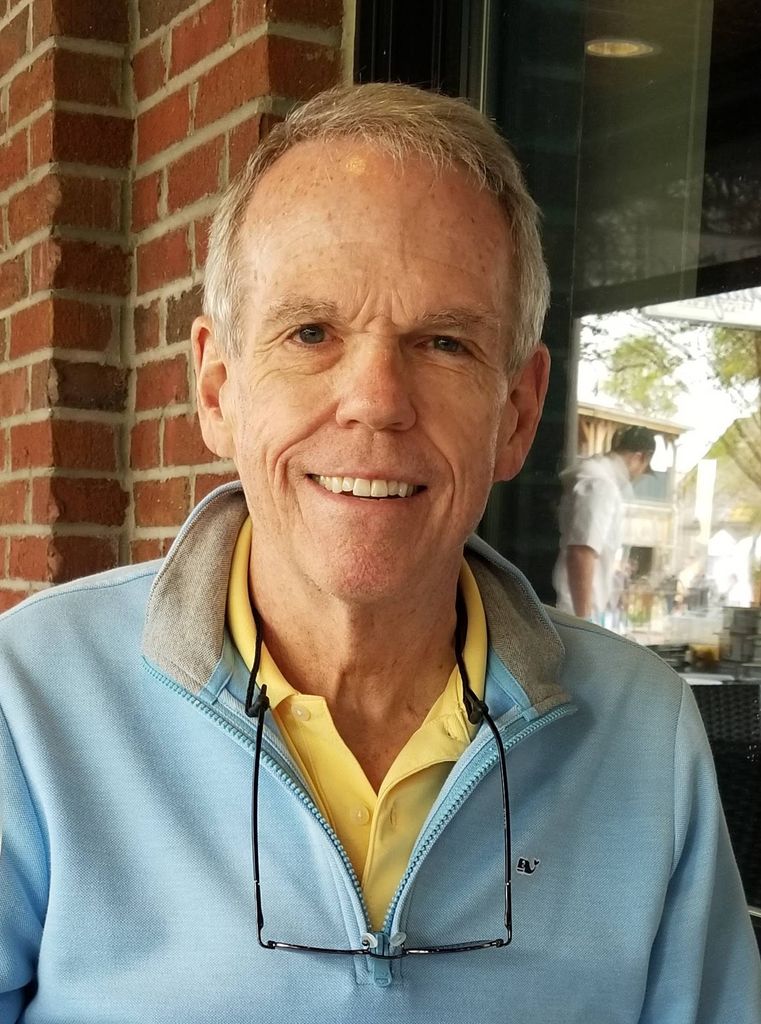
- Title Professor Emeritus of Biology
- Education PhD, University of Colorado
- Phone 617-448-5092
- Area of Interest visual neurobiology and traumatic brain injury
- Area of Study Biology Department
- CV
Research
Professor Eldred’s lab is not currently accepting applicants for graduate study or postdoctoral appointments
My research for the past 15 years has focused on the role of the gaseous neuromodulator nitric oxide (NO) in retinal signal transduction and ocular pathology. We have determined that NO is reciprocally related to many retinal neurotransmitters including GABA, glycine, acetylcholine, and dopamine in that NO modulates their release and they in turn modulate NO production. We have also shown that every cell type in the retina can normally produce NO. Using direct imaging of NO, we have established that in retina and hippocampus that NO is not freely diffusible. We have examined the role that NO plays in the early neuronal cell death seen in diabetic retinopathy. We focused on the role that the signaling peptide adrenomedullin plays in producing the pathological increases in NO found in early diabetic retinopathy. We established and localized all of the biochemical steps in this pathway and we found a pharmacological intervention that inhibits the pathological activation of the adrenomedullin/NO signaling pathway. Since both NO and adrenomedullin are involved in much ocular pathology including glaucoma, ischemia, and uveitis, a better understanding of the adrenomedullin/NO signaling pathways may have broad clinical applicability. More recently we have been focusing on the cellular signaling pathways that are involved in traumatic brain injury using both retina and brain as model systems. We have found a number of neurochemical and pathological markers (calcium binding proteins, GABA, GABAa receptors, etc.) that are modulated by blast in brain or retina. By using the retina, which is extremely well characterized anatomically, physiologically and neurochemically, we can determine the underlying signaling pathways that are responsible for the pathology. This will allow us to develop both prophylactic and post-blast treatment strategies to reduce the pathology produced by blast in both retina and brain.